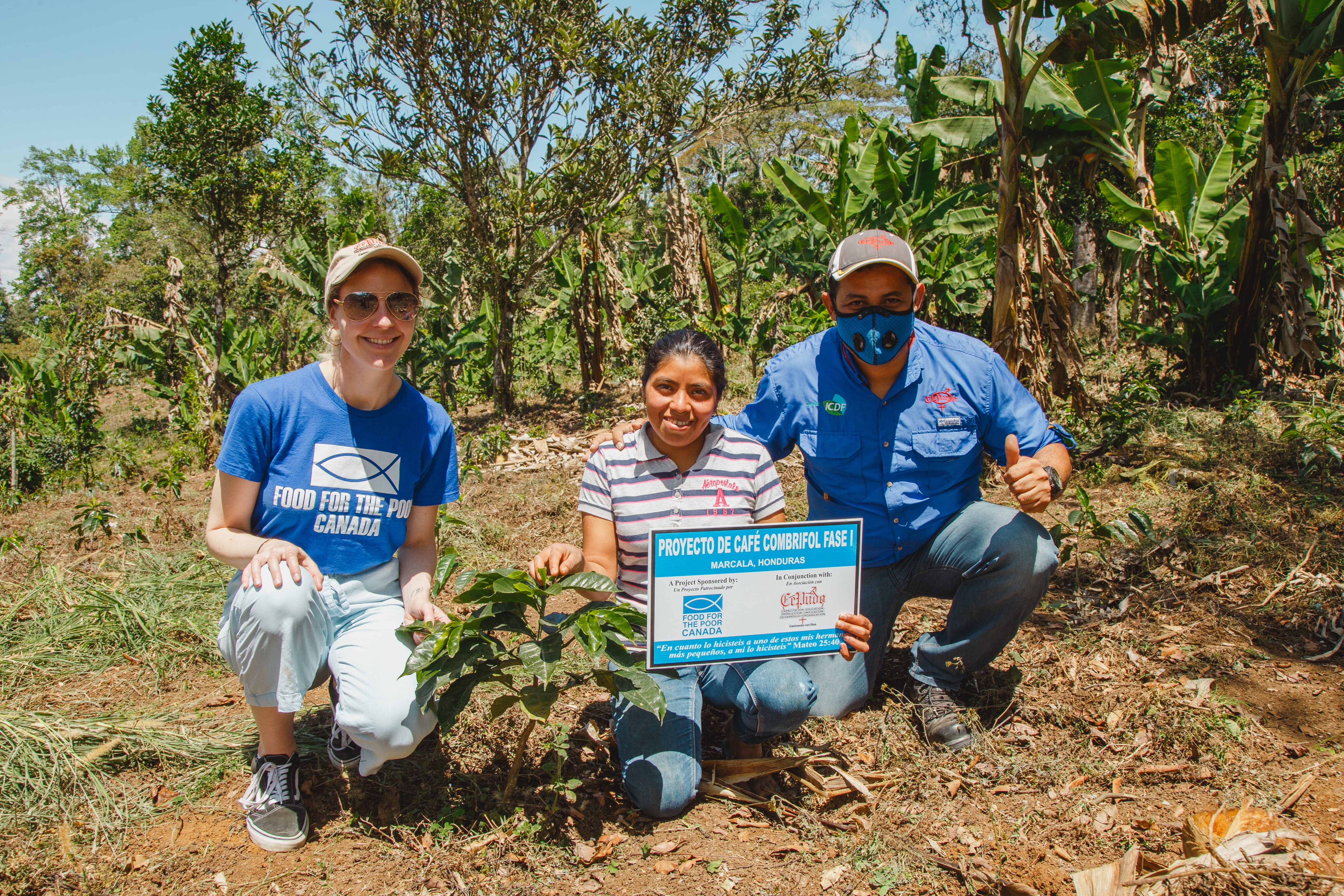Key Takeaways:
- Over the last three years, Canadians, in partnership with Food For The Poor Canada (FFPC) and CEPUDO, have built a village in San Antonio, Honduras.
- The project has significantly improved local families' access to education, health care, and income opportunities.
- New infrastructure and programs have been established, including a vocational school, greenhouses, and a women's community center.
- FFPC has a 15-year history of empowering communities in Latin America and the Caribbean through various developmental projects.
- FFPC plans to expand its reach to other countries, supporting sustainable livelihoods.
A Collaborative Effort for Community Development
Over a period of three years, Canadians worked in collaboration with Food For The Poor Canada and their partner CEPUDO to construct a village in San Antonio, Honduras. The initiative has enabled the residents to have improved access to education, healthcare, and new income-generating opportunities, which has had a lasting impact on the community. It is a remarkable achievement that has left a positive legacy for the local children and families.
Empowering Women and Providing Educational Opportunities
Gabriela, the leader of the women’s group in San Antonio, expressed profound gratitude for the positive changes brought about by the project. The development includes a technical school, greenhouses, various training courses, and a community center, all contributing to significant improvements in the lives of the families in San Antonio.
Holistic Development Approach
The project adopted a holistic approach to community development, resulting in:
- A vocational school offering agriculture training to students in Grades 7 to 9.
- Vegetable greenhouses provide daily nutrition and teach children gardening skills.
- A women’s community center to help women start small businesses.
- An affordable health clinic for the community.
- Initiatives like coffee tree cultivation and beekeeping generate income for young adults and farmers.
Food For The Poor Canada’s Broader Impact
Geraldine Isaac, the Executive Director of FFPC, highlighted the organization's 15-year commitment to working with local partners and community leaders. FFPC has focused on empowering communities through income generation, vocational training, and agricultural projects. FFPC’s reach extends across the Caribbean and Latin America, addressing housing, education, health, and food security.
Future Plans and Expansion
Andrea Slipek, Senior Manager of International Programs at FFPC, emphasized the lasting impact of the San Antonio project. Looking ahead, FFPC is committed to expanding its support to families in new countries, working with artisans in Guatemala and Colombia and cacao farmers in Peru to help them out of poverty.
FFPC's Comprehensive Community Support
FFPC has been instrumental in empowering communities through food, health, housing, education, and income-generating projects. The organization has effectively responded to urgent needs and natural disasters, building a strong community and social infrastructure in collaboration with local networks. Over the last 15 years, FFPC and its donors have built 191 homes 39 schools, and distributed significant aid in food, educational, and medical supplies to communities in Latin America and the Caribbean.
Image provided by Food For The Poor Canada


